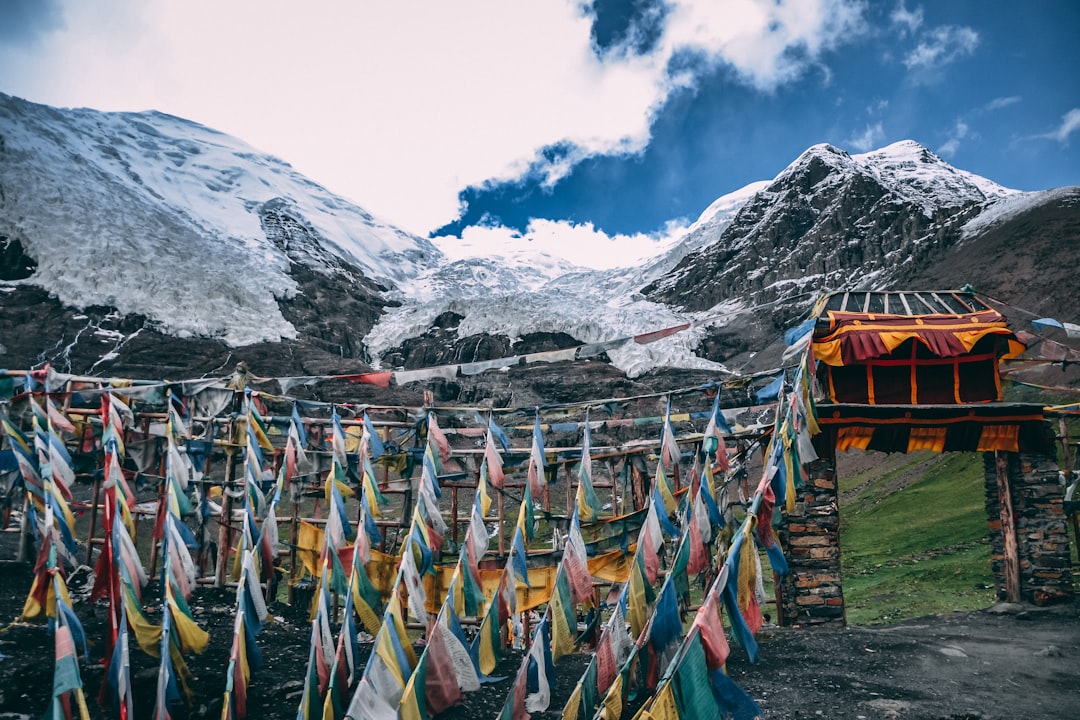What is it about?
Changes in migration patterns, land ownership, access to education, and democratic politics have contributed to an evolution of notions of hierarchy and social stratification in Azad Jammu and Kashmir (AJK). Yet, as endogamy remains the main factor dictating membership in the biradari – the corporate entity through which people access power and resources in this region – I argue that AJK society is still hierarchical although with a strong element of fluidity.
Featured Image
Why is it important?
In many parts of South Asia drastic changes in livelihoods have transformed the relative position of social groups within hierarchies. The sheer size of labour migration and remittances witnessed in this region makes it an interesting case to analyse this phenomenon, as it accelerated the pace of change as well as making it more noticeable.
Read the Original
This page is a summary of: The boundary within: equality, hierarchy, and exclusion in Azad Jammu and Kashmir, Contemporary South Asia, July 2015, Taylor & Francis,
DOI: 10.1080/09584935.2015.1040735.
You can read the full text:
Contributors
The following have contributed to this page










